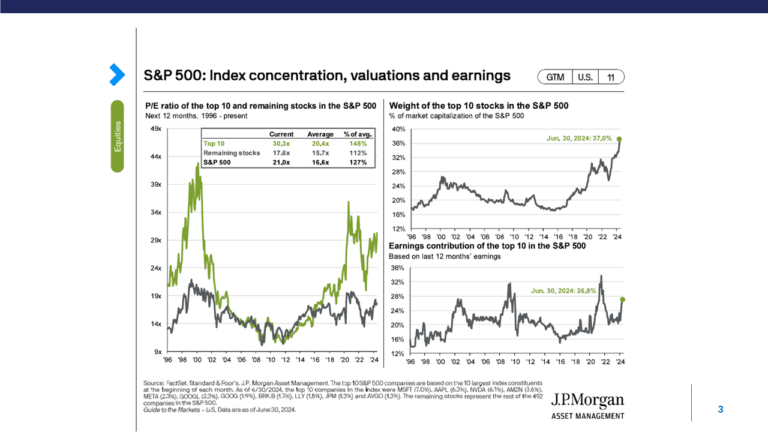In a previous post, we discussed the issues faced by business owners seeking to extract profits from their firms on a tax-advantaged basis through a qualified retirement plan and discussed the Safe Harbor 401-k Plan design. In this blog post, let’s look at additional plan design opportunities well suited for self-employed business owners with few or no employees.
This business could be someone’s primary occupation or a lucrative side business. In either regard, a number of options exist that allow the business owner to shelter income from taxation and invest for retirement. In our experience, individuals often do not look past the obvious choices and miss out on some interesting opportunities.
A common default choice is the SEP IRA. A self-employed business owner may contribute 25% of their net profits to a SEP IRA plan up to a maximum dollar amount of $54,000 in 2017. It is a very simple plan but has some limitations.
A SEP IRA is available to all business owners; with or without employees. However, the plan requires the same contribution, in terms of a percentage of income, for each employee. So for business owners with employees, the added inflexible layer of expense often becomes a deterrent.
But there are other plan design choices available beyond the SEP IRA that provide additional flexibility. The problem for many individuals is the percentage of net profits limitation. Unless their businesses are quite profitable, the percentage of income limitation prohibits them from contributing the dollar maximum.
The solo 401-k plan provides an interesting alternative. It has similar maximum dollar limits but provides a more flexible and efficient manner for the business owner to reach them. Effectively, there are two components. First, the plan allows the business owner to defer income (contribute) as though he or she were an employee of the firm, just like a normal 401-k plan. The deferral limits are $18,000 for employees up to age 49 and $24,000 for employees age 50 and above in 2017. But secondly, the plan then allows the business owner to contribute an additional amount up to 25% of net profits as well. The maximum dollar limits for a solo 401-k plan in 2017 are $54,000 up to age 49 and $60,000 if age 50 and above.
Lastly, it should be noted that the solo 401-k plan, while designed specifically for business entities with no employees, may also include the spouse of the business owner if employed within the business.
Both SEP IRA and Solo 401-k plan contributions are completely discretionary from year to year. The business owner is not locked in to a fixed contribution amount. The contribution amounts can vary from year to year or be discontinued.
These two options are very simple with few administrative requirements. Hence, much of the administrative burden and cost normally associated with a qualified retirement plan is avoided.
Cash Balance Plans: But there are additional plan options at the other end of the spectrum in terms of complexity and are highly effective tools under the right set of circumstances. Specifically, they are well suited for small firms or professional practices whose owners are older with higher incomes, have the need to contribute much larger tax deductible amounts to their retirement plans, and enjoy sufficiently stable cash flow from their business to entertain a fixed commitment to their plan over time. We will discuss defined benefit plans and specifically, cash balance plans in our next installment.
Winfred Jacob, CFP®
Senior Financial Advisor
Want to learn more about how to implement a retirement plan for your business? Contact one of our experts today.


